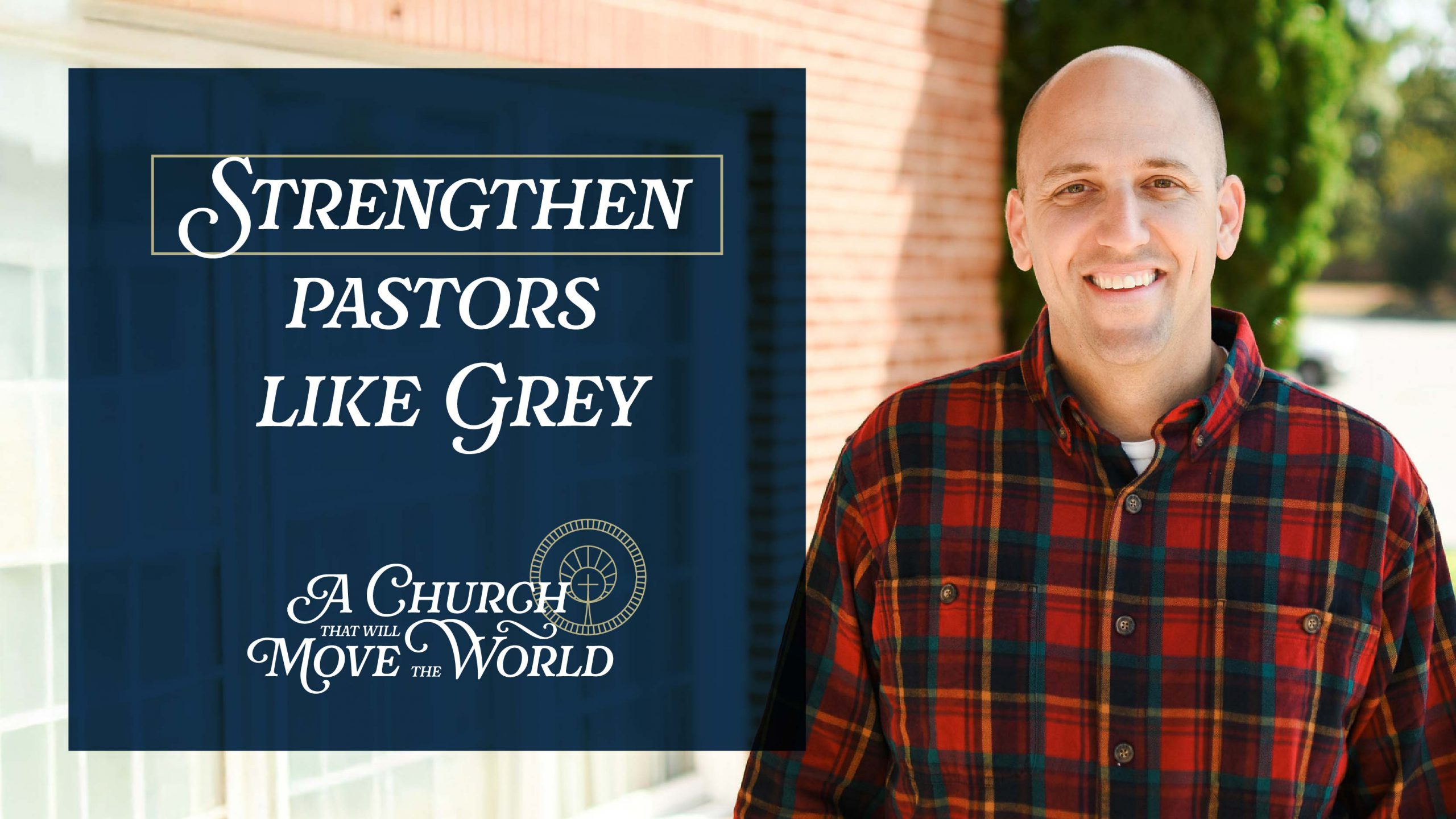


In my imagination, Art House America was storied place, a sort of artistic Rivendell, a “place of peace” for artists of all kinds.
But when I actually drove into the driveway of the converted 100-year-old church that has been the home for Art House America for a quarter-century, Andrew Osenga was taking out the garbage.
Well, that may be overstating it a bit. The singer-songwriter, formerly with Christian rock powerhouse Caedmon’s Call, was moving into his new studio space at The Art House, and the empty box he was loading out to his car had contained some of his new furniture.
But it was a reminder to me that nurturing “the good, the true, and the beautiful” is not a precious or elitist activity, but one rooted in what writer Wendell Berry called “the art of the commonplace” – such commonplaces as breaking down cardboard boxes and hauling them out to the car.
Such ideas and activities are at the root of The Art House, founded in 1991 by famed musician and producer Charles Ashworth, better known to the world by his nom de artiste Charlie Peacock. With his wife Andi Ashworth, they converted this previously unused and deteriorating church on the Harpeth River southwest of Nashville into a performance and meeting space, offices, and recording studio – as well as living quarters that became their home.
Once Andrew Osenga got his car loaded and we properly introduced ourselves, he showed me around the Art House campus, including the studio where Charlie Peacock produced Switchfoot’s breakthrough album “Dare You To Move” and The Civil Wars’ career-launching “Barton Hollow.”
In Osenga’s studio space are books, guitars, a keyboard and mixing board, and other tools of the working songwriter. Lately, Osenga has added podcaster to his resume. His podcast “The Pivot” features long-form interviews with creative people who have made sometimes dramatic career changes. “I’m fascinated with the idea of vocation,” Osenga said. “How do we discover what God has called us to do, and how do we know when one season of life may be over and another is beginning?”
Though Charlie and Andi Ashworth remain guiding lights for the Art House America – as The Art House came to be called – they no longer live there or offer day-to-day leadership. That role now falls to Nathan and Cassie Tasker. Nathan Tasker is a prominent Christian singer/songwriter from Australia. His song “Like You Love Me” reached No. 1 on the Australian Christian music chart, and he was named Australia’s Christian artist of the year in both 2006 and 2011.
Though the leadership of Art House has changed hands, its mission remains the same: “advocacy for imaginative creativity, everywhere and in everything.” Over the years, the Art House has hosted thousands of people from every vocational sphere: “students, artists, writers, caregivers, academics, theologians, cultural investors, leaders in the entertainment industry, and more,” according to the group’s website.
What began as The Art House or Art House Nashville has become Art House America to serve as an umbrella for new locations that have popped up in the past few years. Texas native Cary Pierce is the Executive Director of Art House Dallas with the help of Programs Director, Marissa Delcambre. Singer and songwriter Sara Groves, with her husband Troy, now lead Art House North in St. Paul, Minnesota.
Art House America also has a blog, edited by Andi Ashworth, and editorial colleagues Jenni Simmons and Jennifer Strange. The blog is an on-line space where Charlie and Andi Ashworth continue to work out their vision “of a seamless life of Christian discipleship and imaginative living, with an emphasis on communicating the worth and necessity of all vocations, the promotion of people and earth care, the grateful enjoyment of life and an honest acknowledgement of its sorrows.” Recent contributors to the blog include musician and writer Jill Phillips and Steven Garber of The Washington Institute for Faith, Vocation, and Culture.
“God is a creator, and we are made in His image,” Osenga said. “So being an artist is not the vocation of an elite few, but a part of what it means to be fully human, to be fully alive.”
Image: Art House Nashville Facebook
Have a Follow-up Question?
Want to dig deeper?
If you want to challenge yourself as many others have done, sign up below.














